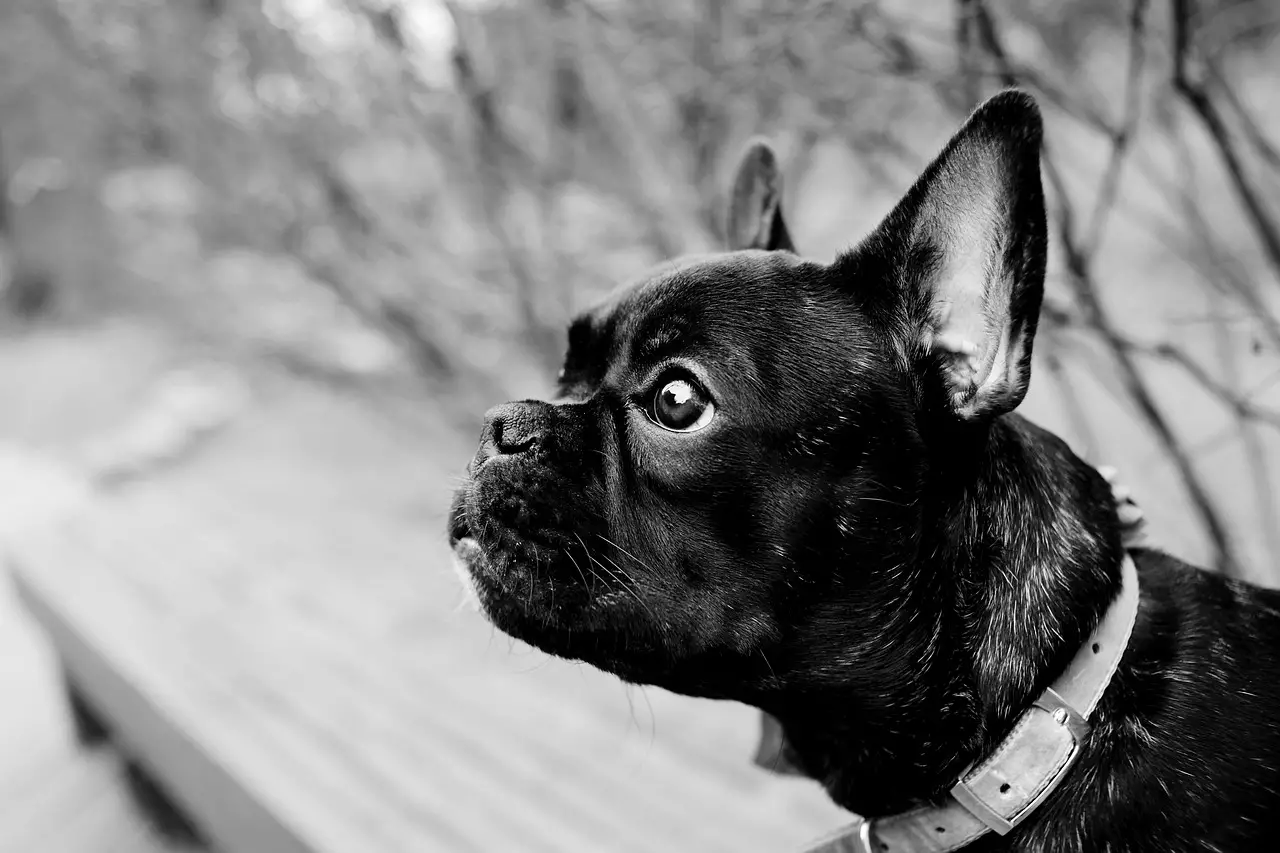

The French Bulldog is a breed of dog that has captured the hearts of many with its unique charm and distinctive appearance. Known for its bat-like ears, snub nose, and compact body, this breed has a fascinating history that spans several centuries. In this article, we will delve into the origins of the French Bulldog breed, explore its historical significance, discuss its evolution, examine its portrayal in popular culture, and shed light on its characteristics and temperament.
Origins of the French Bulldog breed
The French Bulldog breed can trace its roots back to the early 19th century in England. It is believed to have descended from a small breed of bulldogs known as Toy Bulldogs, which were popular among lace workers in the Nottingham region. When the Industrial Revolution brought many of these lace workers to France, they took their beloved Toy Bulldogs with them. In France, the breed gained popularity and started to exhibit distinctive traits that set
it apart from its English ancestors.
Historical significance of the French Bulldog breed
The French Bulldog quickly became a favorite among the French bourgeoisie and was a common sight in cafes and fashionable circles. Its endearing appearance and affectionate nature made it a popular companion dog. Additionally, the breed gained recognition for its role as a ratter, helping to control the rat population in the cities.
During the late 19th and early 20th centuries, the French Bulldog’s popularity spread beyond France, and it became sought after in other parts of Europe and the United States. The breed’s charm and adaptability ensured its place in history as a beloved companion and a symbol of elegance.
Evolution of the French Bulldog breed
Over the years, the French Bulldog breed has undergone some changes. Early French Bulldogs had a more substantial build and a longer muzzle compared to the modern breed. However, as the breed gained popularity, breeders began selectively breeding for certain traits, resulting in the French Bulldog we know today.
The breed’s distinct features, such as its bat-like ears and snub nose, were further accentuated through selective breeding. Additionally, the French Bulldog’s compact size and affectionate temperament made it a popular choice for city dwellers, leading to its continued evolution as a companion dog.
The French Bulldog breed in popular culture
The French Bulldog has left a lasting impression on popular culture. Its endearing appearance and charming personality have made it a favorite subject in art, literature, and film. From famous paintings to iconic movie characters, the French Bulldog has become synonymous with style and grace.
One notable example of the French Bulldog’s presence in popular culture is the character of Gigi in the Disney film “Oliver & Company.” Gigi, a sassy and street-smart French Bulldog, captured the hearts of audiences worldwide with her wit and loyalty. This portrayal further solidified the breed’s image as a lovable and charismatic companion.
French Bulldog breed characteristics and temperament
The French Bulldog is known for its distinctive physical characteristics, which make it instantly recognizable. With its compact and muscular body, it stands out among other breeds. The breed’s bat-like ears, expressive eyes, and snub nose give it a unique and endearing appearance.
In terms of temperament, the French Bulldog is known for its friendly and affectionate
nature. It is a breed that thrives on human companionship and loves to be the center of attention. French Bulldogs are generally good with children and other pets, making them an excellent choice for families. However, they can be stubborn at times, so early training and socialization are crucial.
French Bulldog breed health considerations
Despite their charm and appeal, French Bulldogs do have some health considerations that potential owners should be aware of. Due to their brachycephalic (short-nosed) structure, French Bulldogs can experience respiratory issues, especially in hot or humid weather. They are also prone to certain genetic conditions, such as hip dysplasia and patellar luxation. Regular veterinary check-ups and responsible breeding practices can help ensure the health and well-being of this beloved breed.
Famous French Bulldogs throughout history
Throughout history, several French Bulldogs have achieved fame and left a lasting legacy. One such example is Gamin de Pycombe, a French Bulldog owned by the renowned American architect Frank Lloyd Wright. Gamin was a constant companion to Wright and even appeared in some of his architectural drawings. This unique bond between architect and dog symbolized the French Bulldog’s ability to bring joy and inspiration to people from all walks of life.
French Bulldog breed clubs and organizations
The popularity of the French Bulldog has led to the establishment of various breed clubs and organizations dedicated to the promotion and preservation of the breed. These clubs provide resources for owners, organize events, and work towards maintaining the breed’s standards. Examples of such organizations include the French Bulldog Club of America, the French Bulldog Club of England, and the French Bulldog Fanciers of Canada.
Conclusion: The enduring legacy of the French Bulldog breed
In conclusion, the French Bulldog breed boasts a rich and fascinating history that spans continents and centuries. From its humble beginnings as a companion to lace workers in England to its status as a beloved symbol of elegance and charm, the French Bulldog has left an indelible mark on the hearts of dog lovers worldwide. Its unique appearance, affectionate temperament, and historical significance have secured its place as a cherished breed for generations to come.
If you are considering adding a French Bulldog to your family, remember to do thorough research, find a reputable breeder, and be prepared for the commitment of caring for a brachycephalic breed. The French Bulldog’s tenacity and charm make it a wonderful companion, but it’s essential to prioritize their health and well-being.

